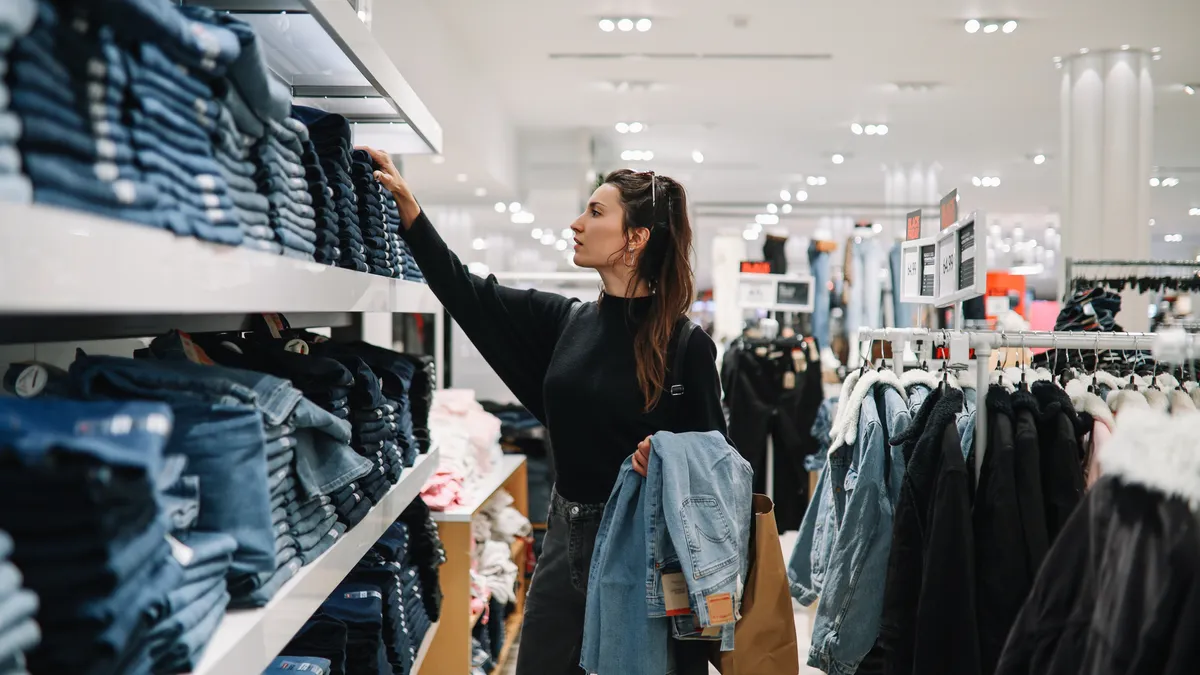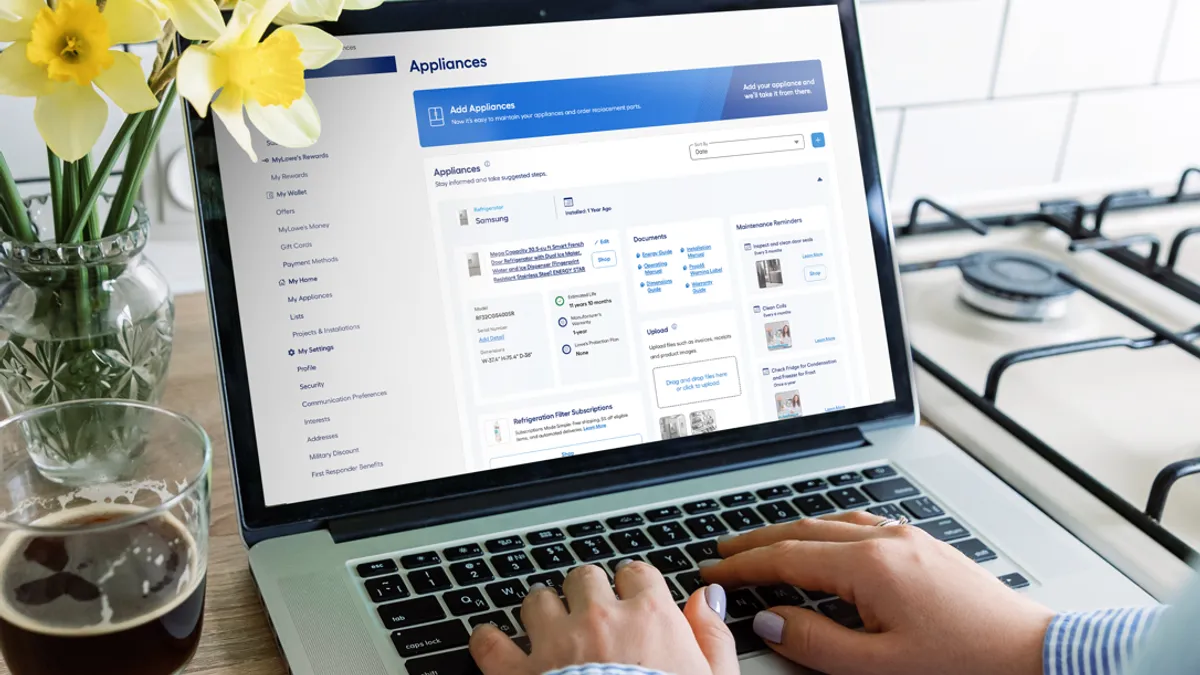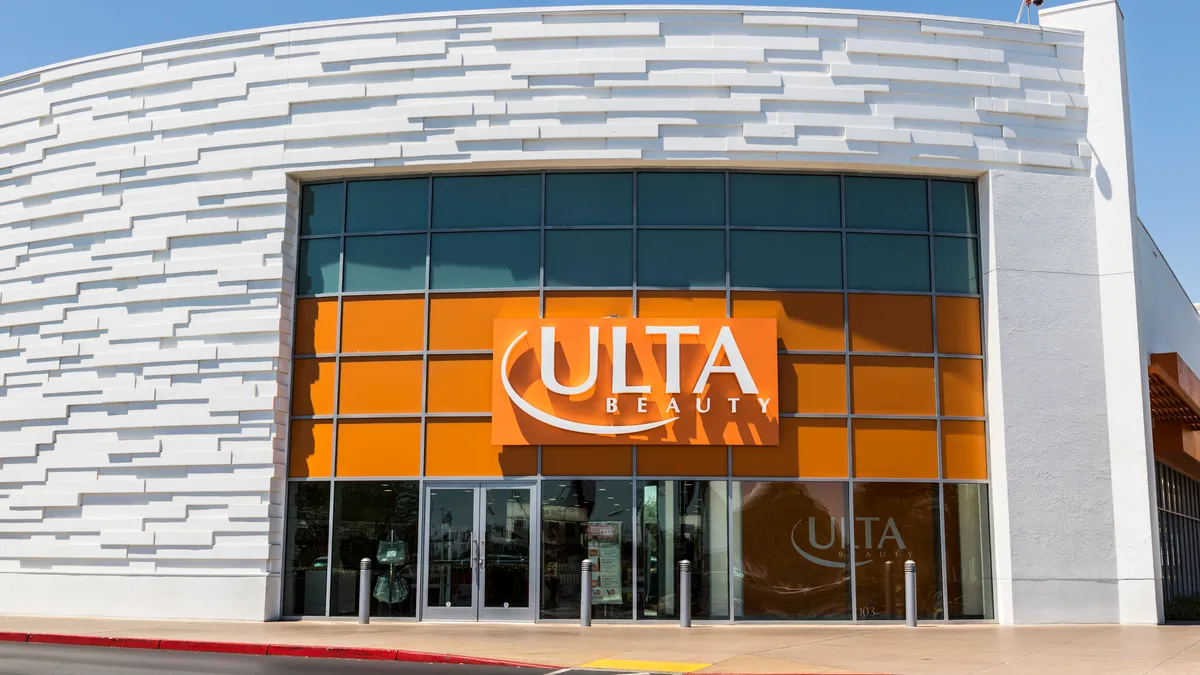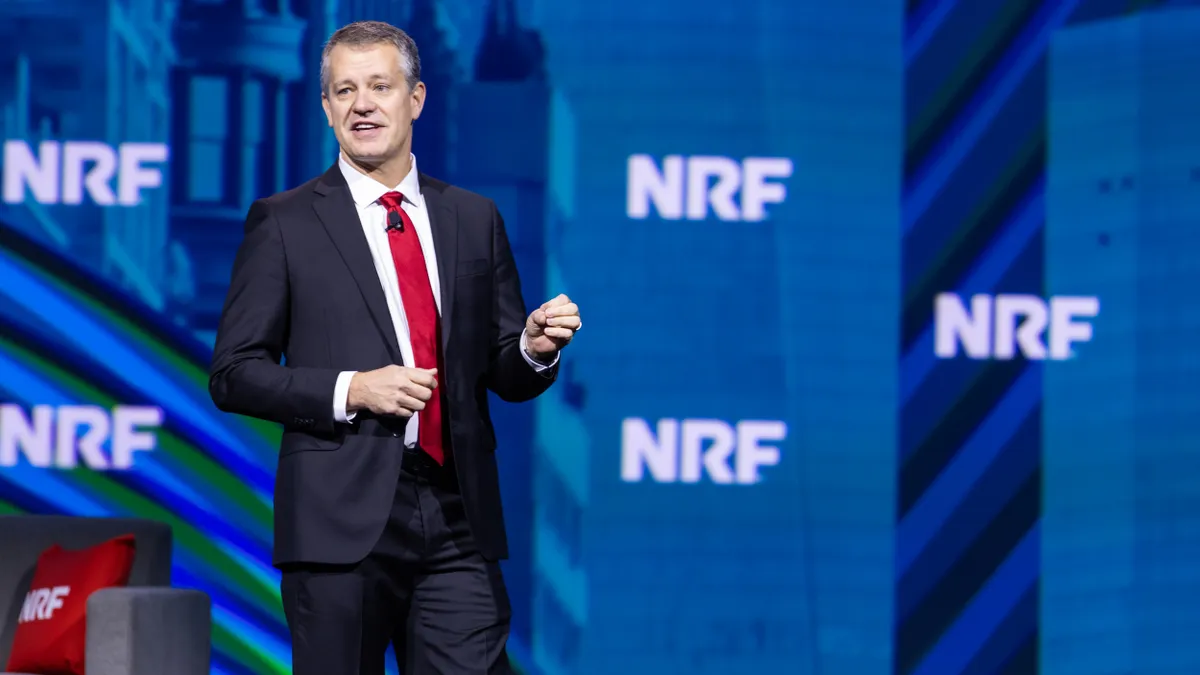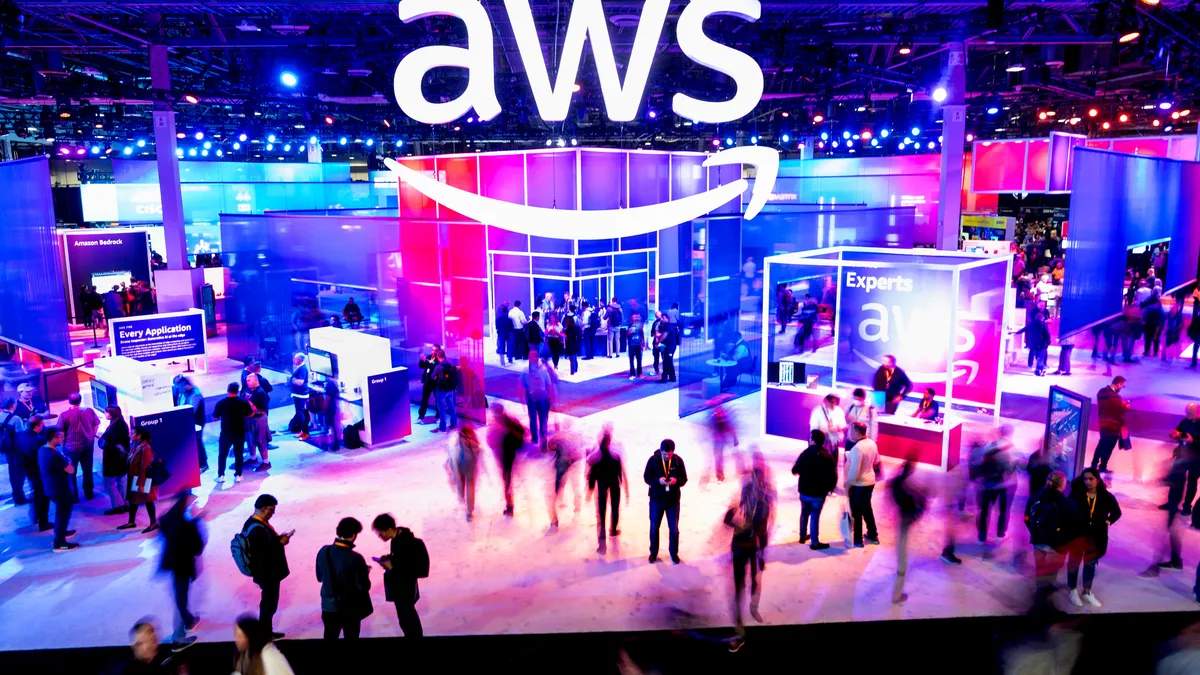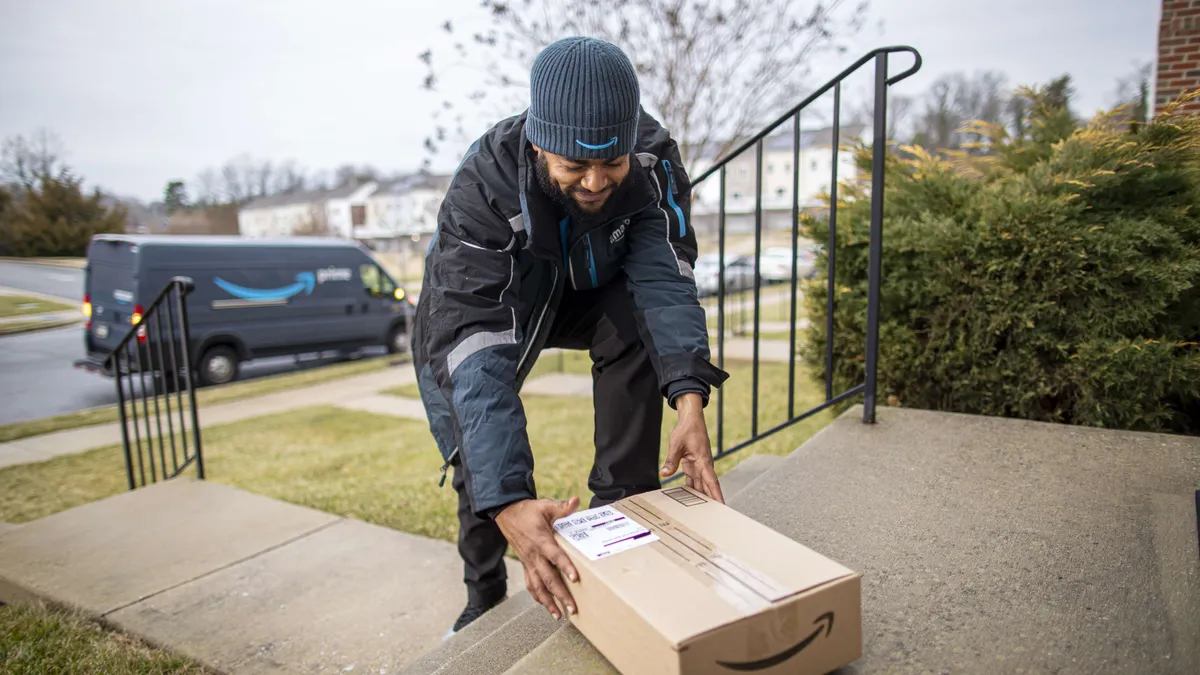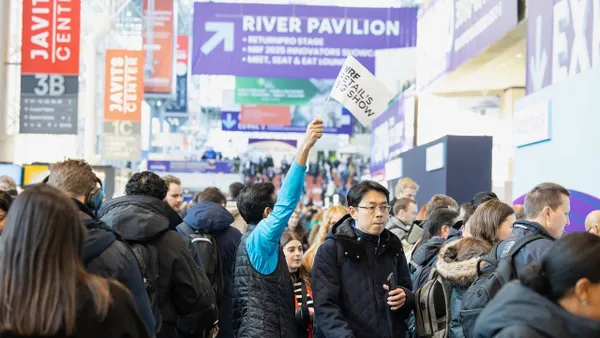Each week, Retail Dive Editor Jason Ankeny weighs in on the industry headlines and trends capturing his attention. This time around: Speed, sunglasses and Spice Girls. If you want more, check out last week's 10 Items or Less on how FX and Costco are making retail marketing weird and wonderful.
Speed kills. But sluggishness can spell doom, too, especially here in the mobile age, when even instant gratification just isn’t fast enough. Surveys indicate that users expect pages within mobile applications to download within a matter of seconds — anything longer than that, and they may abandon the app or even uninstall it altogether.
Even so, many retail apps remain slower than a herd of turtles stampeding through peanut butter. Some retailers make too many requests, others make total file sizes too large and still others simply fail to optimize overall performance, making consumers wait far too long just to download the main page, according to new data released by mobile content delivery network PacketZoom.
Even a moment can make a momentous difference. “Shorter content download times usually translate to higher app engagement and conversion,” PacketZoom CEO Shlomi Gian told me. “In other words, users that wait fewer seconds are more likely to take action faster.”
PacketZoom’s Mobile App Retail Index benchmarks the performance of selected retail applications, analyzing each app’s most frequently visited page and ranking them by average download time. Speed variations typically result from both app infrastructure and design methodology, the firm notes.
“The most popular activities in mobile retail apps are product searches and catalog browsing,” Gian explained. “Product search results in a long list of products that the user now needs to browse through and filter. These lists require a high number of resources, hence are slower to load, which could aggravate users.”
Beauty retailer Sephora is the belle of the ball, downloading in just 3.9 seconds — tops among the 15 apps PacketZoom surveyed. Wal-Mart follows at 4.1 seconds, trailed by QVC at 7.8 seconds. At the opposite end of the spectrum? The Zappos app consumes no fewer than 46.2 seconds to download, with Zulily at 35.2 seconds and Home Depot at 31.7 seconds.
Blame data bloat for the enormous variability in download time: While Sephora clocks in at a svelte 337 KB, Zappos measures a staggering 6,625 KB. Other factors including app performance involve network conditions, which can fluctuate according to location, as well as the content delivery network utilized by the app publisher.
“Retailers should start with analyzing latency and throughput of their own users from different locations, networks and devices,” Gian said. “They should closely evaluate screens and assets that are slow to load. Then they should review how third party [software development kits] impact their app speed and error rates. Once retailers understand the app bottlenecks, they can select the correct mobile solution. It’s important to remember that mobile is different than web: Adopting a web [content delivery network] for a mobile app might not be enough to optimize performance in most cases.”
Retailers can’t waste time addressing these issues. Consumers certainly aren’t going to waste their time waiting around for merchants to get their apps together.
“We already know that mobile app users are quick to abandon apps with slow download times,” Gian said. “In fact, current studies show a direct correlation between speed and revenue: Each second delay may result in a drop in conversions.”
Here’s what else is worth your time and attention this week…
TRENDING UP
Spice rack: Fashion designer Victoria Beckham (the former Posh Spice of the Spice Girls) will release a limited-edition apparel collection in all Target stores and online on April 9, promising more than 200 pieces featuring soft pastels, bright color pops and spring floral prints.
Smart shoppers: About 83% of consumers believe they’re more knowledgeable than retail store associates, though 79% say being able to engage with knowledgeable store associates is “important” or “very important,” a new Tulip Retail survey found.
Shady deal: Visa unveiled prototype Ray-Ban sunglasses that include a payment-enabled chip to allow a user to fund purchases by tapping the eyewear on a near-field communications payment terminal.
TRENDING DOWN
Activist deactivated: Hedge fund Starboard Value has thrown in the towel and sold its stake in Macy’s after pressure on the struggling department store retailer to extract value from its real estate assets bore little fruit.
Tax brakes: The U.S. Department of Commerce said that core retail sales rose just 0.1% in February, with some experts blaming delays in tax refund distribution for the consumer spending slowdown.
Clearly ridiculous: Social media savaged Nordstrom’s latest viral sensation — Topshop-branded "Clear Panel Mom Jeans" priced at $95 per pair.
STAT OF THE WEEK
58%: The percentage of U.S. consumers who said they are more likely to shop for household essentials like groceries in brick-and-mortar stores rather than online — more than any other product category — according to a new Retail Dive survey.
PARTING SHOT
“Retailers need to be where the shopper is. They need to be willing to eat their own young if they are to survive and prosper.” — Tom Dougherty, president and CEO of Stealing Share, on whether online’s cannibalization of in-store sales is becoming a bigger problem.






